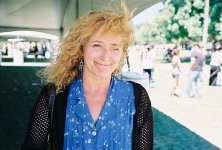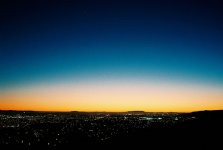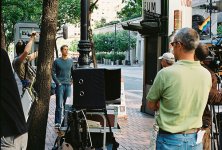Solares: You mean you take reflective light readings rather than incident lighting?
Yes, that's what I have suggested. Besides that, it's as Mike Tuomey said: take a reflected light reading and adjust to the subject. If your subject is white, open a bit (over expose), if dark, go under, as if you were metering off an 18% gray card. Then bracket your shot.
And Juan is also right: if you want to nail exposures, use slide film. If you stick to print film, you won't "learn" from your mistakes because the film's tolerance will hide them. If you use transparency... a half-stop off (over or under) may wreck your image.
I took a Leica MR meter or a Sekonic L-208 with for two weeks on my daily walk to work, and then on other times, and tried to guess and get different readings from different subjects. In the end, I developed my personal metering system and, once I felt fairly secure of myself, I loaded a roll of Ektachrome 400 on my M4-2. Most of my exposures were within tolerable margins of correctness... and that made me very happy.
Again, this was after weeks of playing with the meter... and also after learning that my eye tends to overexpose.
In any event, I keep shooting print film. My goal is not to nail the exposure perfectly; I just wanna have fun!
🙂



